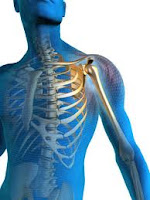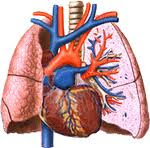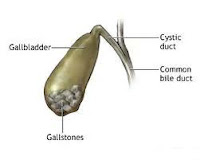People discolored with inadequate in addition to a bad credit score ratings end up finding on their own inside problems even if they're trying to find exterior financial support to be able to deal with further costs in the middle of the particular 30 days. When they search for high street loan companies and make an application for the lending options right now there after that using loans are declined because of getting high risk elements. The reason being getting lending options inside traditional loan marketplaces is very difficult. However, you do not need to be able to damage the coronary heart given that poor credit payday advances are usually planned and also accessible to match your economic needs even with having poor credit records.
A bad credit score payday loans are especially made for those who find themselves poor credit borrowers and therefore are advanced to get a extremely short period of time period of time. In order to cope with the pressing or perhaps unforeseen needs, you can get their hands on the fund ranging from $100 to be able to $1500 for your amount of 2 to 4 weeks. The particular finance usually receives transited straight into your own lively bank account of the customer inside a matter of a day of right after applying. Interest of these loans is higher as compared to the standard lending options yet a planned out on the web loan general market trends can assist you get the better monetary deal.
Through the assistance of a bad credit score payday advances it is possible to pay back medical bills, small vacation to country side with family, abrupt automobile fixes, food store bills, space leases, paying down bank card fees, paying for childs school charges and much more. These financing options also help you to seize cash to handle their requirements and requirements.
A bad credit score payday loans are especially made for those who find themselves poor credit borrowers and therefore are advanced to get a extremely short period of time period of time. In order to cope with the pressing or perhaps unforeseen needs, you can get their hands on the fund ranging from $100 to be able to $1500 for your amount of 2 to 4 weeks. The particular finance usually receives transited straight into your own lively bank account of the customer inside a matter of a day of right after applying. Interest of these loans is higher as compared to the standard lending options yet a planned out on the web loan general market trends can assist you get the better monetary deal.
Through the assistance of a bad credit score payday advances it is possible to pay back medical bills, small vacation to country side with family, abrupt automobile fixes, food store bills, space leases, paying down bank card fees, paying for childs school charges and much more. These financing options also help you to seize cash to handle their requirements and requirements.




















































